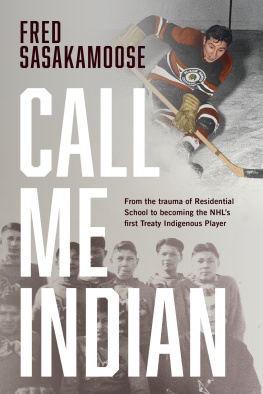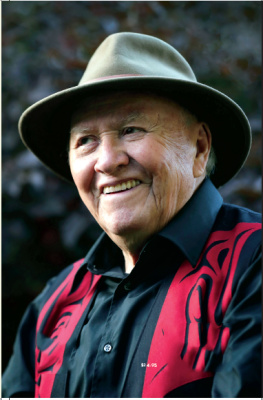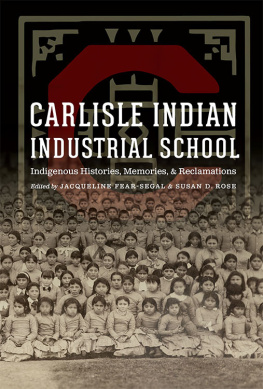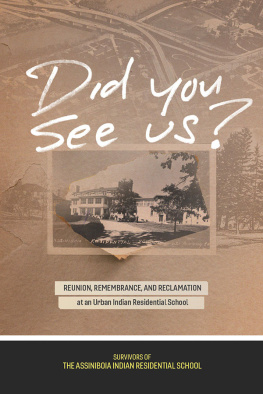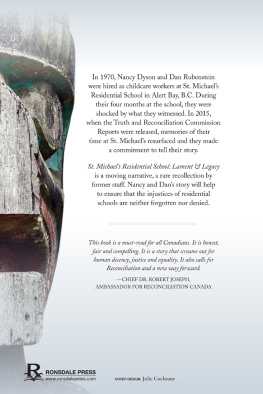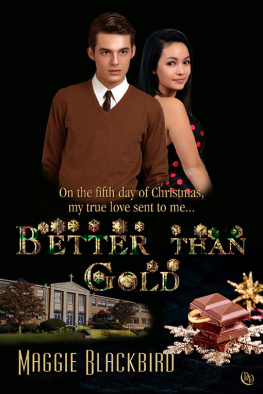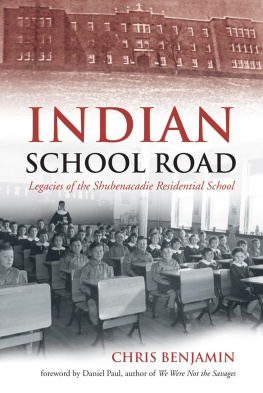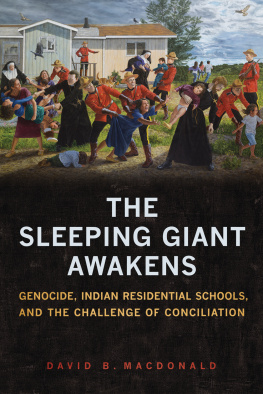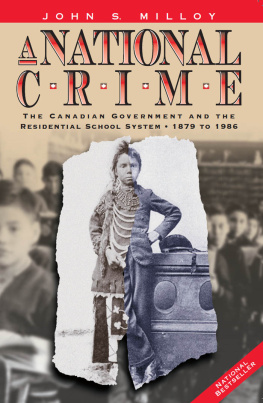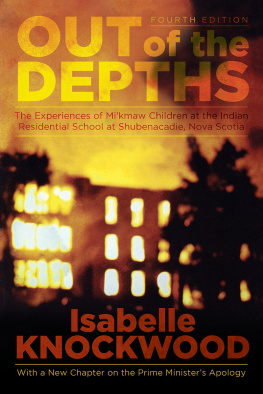Fred Sasakamoose - Call Me Indian: From the Trauma of Residential School to Becoming the NHLs First Treaty Indigenous Player
Here you can read online Fred Sasakamoose - Call Me Indian: From the Trauma of Residential School to Becoming the NHLs First Treaty Indigenous Player full text of the book (entire story) in english for free. Download pdf and epub, get meaning, cover and reviews about this ebook. year: 2021, publisher: Penguin Canada, genre: Non-fiction. Description of the work, (preface) as well as reviews are available. Best literature library LitArk.com created for fans of good reading and offers a wide selection of genres:
Romance novel
Science fiction
Adventure
Detective
Science
History
Home and family
Prose
Art
Politics
Computer
Non-fiction
Religion
Business
Children
Humor
Choose a favorite category and find really read worthwhile books. Enjoy immersion in the world of imagination, feel the emotions of the characters or learn something new for yourself, make an fascinating discovery.
- Book:Call Me Indian: From the Trauma of Residential School to Becoming the NHLs First Treaty Indigenous Player
- Author:
- Publisher:Penguin Canada
- Genre:
- Year:2021
- Rating:4 / 5
- Favourites:Add to favourites
- Your mark:
- 80
- 1
- 2
- 3
- 4
- 5
Call Me Indian: From the Trauma of Residential School to Becoming the NHLs First Treaty Indigenous Player: summary, description and annotation
We offer to read an annotation, description, summary or preface (depends on what the author of the book "Call Me Indian: From the Trauma of Residential School to Becoming the NHLs First Treaty Indigenous Player" wrote himself). If you haven't found the necessary information about the book — write in the comments, we will try to find it.
Fred Sasakamoose: author's other books
Who wrote Call Me Indian: From the Trauma of Residential School to Becoming the NHLs First Treaty Indigenous Player? Find out the surname, the name of the author of the book and a list of all author's works by series.
Call Me Indian: From the Trauma of Residential School to Becoming the NHLs First Treaty Indigenous Player — read online for free the complete book (whole text) full work
Below is the text of the book, divided by pages. System saving the place of the last page read, allows you to conveniently read the book "Call Me Indian: From the Trauma of Residential School to Becoming the NHLs First Treaty Indigenous Player" online for free, without having to search again every time where you left off. Put a bookmark, and you can go to the page where you finished reading at any time.
Font size:
Interval:
Bookmark:

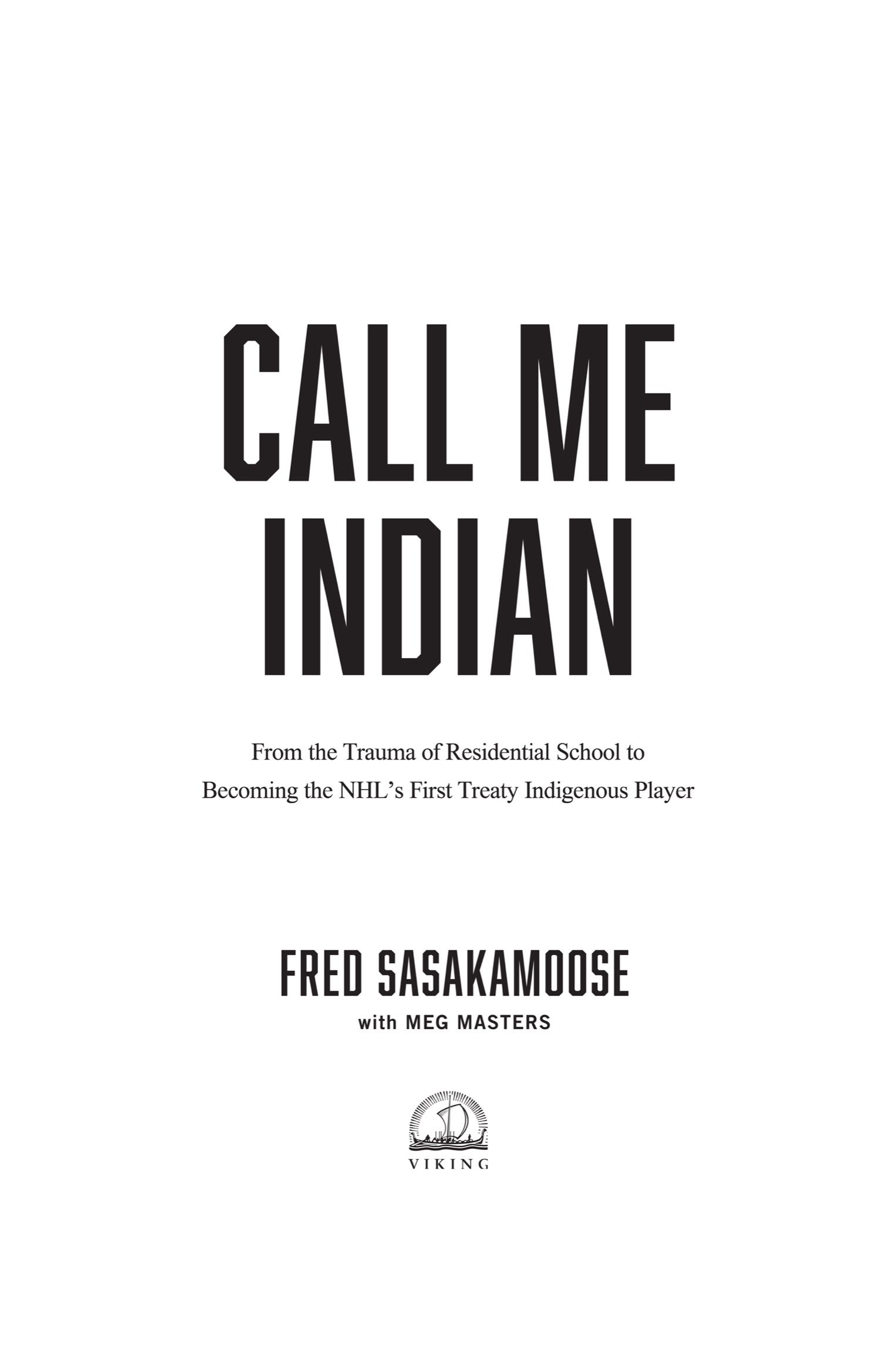
VIKING
an imprint of Penguin Canada, a division of Penguin Random House Canada Limited
Canada USA UK Ireland Australia New Zealand India South Africa China
First published 2021
Copyright 2021 by Fred Sasakamoose
Foreword 2021 by Bryan Trottier
All rights reserved. Without limiting the rights under copyright reserved above, no part of this publication may be reproduced, stored in or introduced into a retrieval system, or transmitted in any form or by any means (electronic, mechanical, photocopying, recording or otherwise), without the prior written permission of both the copyright owner and the above publisher of this book.
www.penguinrandomhouse.ca
L IBRARY AND A RCHIVES C ANADA C ATALOGUING IN PUBLICATION
Title: Call me Indian : from the trauma of residential school to becoming the NHLs first Treaty Indigenous player / Fred Sasakamoose
Names: Sasakamoose, Fred, 1933- author.
Identifiers: Canadiana (print) 20200238477 | Canadiana (ebook) 20200238485 | ISBN 9780735240018 (hardcover) | ISBN 9780735240025 (EPUB)
Subjects: LCSH: Sasakamoose, Fred, 1933- | LCSH: Cree IndiansSaskatchewan
Biography. | CSH: Native hockey playersCanadaBiography | LCSH: Hockey playersCanadaBiography. | CSH: Indians of North AmericaSaskatchewan
Residential schools | LCGFT: Autobiographies.
Classification: LCC E99.C88 S28 2021 | DDC 971.24/004973230092dc23
All photographs are courtesy of the author unless otherwise specified.
Book design by Matthew Flute
Cover design by Matthew Flute
Cover images: Detail from Northern Saskatchewan Midget Hockey Champions 194748 Jason Franson; Sasakamoose on the ice, 195354 Hockey Hall of Fame

a_prh_5.6.1_c0_r0
To my parents and grandparents, especially Alexan, whose love gave me strength. And to Loretta and my children, whose love always brought me home.
by Bryan Trottier
I admired Fred Sasakamoose for decades before I had the chance to meet him. When I was young, my father would tell me stories about him. When my dad first saw Fred play, it was the early 50s in Moose Jaw, when Fred was playing junior with the Canucks. In those prairie towns in the 40s, 50s, and 60s, hockey was the main entertainment. It was the lifeblood of the town, everyone went and watched hockey games on Friday and Saturday nights. There is nothing better than live hockeythese days, you can watch any game from almost anywhere, but it isnt the same as seeing it unfold at breakneck speeds right before your eyes. Watching the game is so much more exciting when you can feel the impact of every hit, hear the echo of every shot. After my dad saw Fred play for the first time, he came home and told me that he had just watched the fastest skater he had ever laid eyes on. That Freddy Sasakamoose was faster than a jack rabbit. Thats what a lot of people still remember about Fredthat he was so incredibly quick. If you ask NHLersthose lucky enough to play with Fredabout him, to this day they all say, Oh my god could he skate, oh my god could he fly. That is quite something, to have people still talking about your skating seventy years later. My dad spoke about Fred with such reverence, such pride, the stories he told stuck with me. He was so proud that this fast, star player was First Nations. I kept that pride and inspiration with me as I embarked on my own hockey career, and when I was a kid I used to practice saying his name because it was hard to pronounce. I knew one day that I would meet him, and I wanted to be able to say it.
Fred will always be a hero in my life, and I kept his inspiration top of mind as I went on my own NHL journey as both a player and later as a coach. He is a pioneer and hero for all First Nations, Mtis, Inuit players; he was fast and strong and his shot was intimidating. He had a massive impact on my life, and the prospect of finally meeting the man who was a legend in my mind was a bit daunting. Fred is a huge part of hockey history, Indigenous history, and an inspiration to so many people, but more than thathe is nice. Its quite something to meet your boyhood hero, but it just blows your mind when your boyhood hero turns out to be nicer than you had even imagined they would be. I think thats a big part of what made Freddy and guys like himlike Gordie Howe, Jean Bliveau, Stan Mikitasuch great hockey players: they are just really good people.
When I finally met Fred, we were at an event in Frog Lake, speaking to First Nations kids; I think it was in the early- to mid-2000s. This man I had heard about for so long, the man who everyone spoke of in legendary terms, was now right in front of me. The first thought I had was, Where is all the grey hair? Fred was in his 70s at that point and looked so young and handsome. He had boundless energy and wasnt shy at all. After we both gave our talks, I told Fred about my dad coming home and saying that he skated like a jack rabbit, and Freddy looked at me and said, Bryan, you wont believe this, but when I was at school, the priests would say, Skate like you are chasing rabbits.
Now, thats how we greet each otherwe say, Chasing rabbits?
I was quite small when my dad first started telling me about Fred. I had a hard time pronouncing his nameSasakamoose is a tricky name for a kid! I grew up knowing that he was the first full Treaty Indigenous player to break into the NHL. That meant a lot to me and to all of us. It made us all really proud of our heritage. When my siblings and I were in school and playing sports, kids would call us names. Kids can be awful when you are different. But Freds accomplishments made us proud, seeing Fred succeed made my dad beam. When he watched me play, my dad would tell me Fred would be so proud to see you play, and that would make me beam.
The name-calling and discrimination that we experienced as kids was different from what Fred went through. Fred will tell you about it in this memoir. My dad, who is Cree Mtis Chippewa, went through similar experiences when he was younghe and Fred are of the same era. The things that happened to them when they were young are truly horrible. They were too young to really understand what was going on, but that doesnt change the pain that was inflicted. Seldom do we ever talk about discrimination from that time, and everything that happened. I didnt face the same things in the NHL that Fred faced, because he did it before me.
I love talking to First Nations communities and sharing stories from my career and my journey to the NHL, but one of the highlights is bumping into Fred, which happens often at these events. Fred is the kind of guy who, when he is speaking to you, makes you feel like you are the centre of the universe. You can ask him one question and he will go on for ten minutes talking to you like you are the dearest friend to him in the world. Every time I bump into Fred my cheeks get sore from smiling. He always has so many stories. One that I really love, which youll get to read in this memoir, is from when Fred was playing junior hockey with two teammates who were particularly special to him, and how he made sure that he honoured them when he made it to the NHL. Thats the kind of guy Fred isif you are dear to him, if you had an impact on his life, he never forgets you. Those linemates who meant so much to Fred, they all experienced discrimination and jealousy, and supported each other through it.
Font size:
Interval:
Bookmark:
Similar books «Call Me Indian: From the Trauma of Residential School to Becoming the NHLs First Treaty Indigenous Player»
Look at similar books to Call Me Indian: From the Trauma of Residential School to Becoming the NHLs First Treaty Indigenous Player. We have selected literature similar in name and meaning in the hope of providing readers with more options to find new, interesting, not yet read works.
Discussion, reviews of the book Call Me Indian: From the Trauma of Residential School to Becoming the NHLs First Treaty Indigenous Player and just readers' own opinions. Leave your comments, write what you think about the work, its meaning or the main characters. Specify what exactly you liked and what you didn't like, and why you think so.

